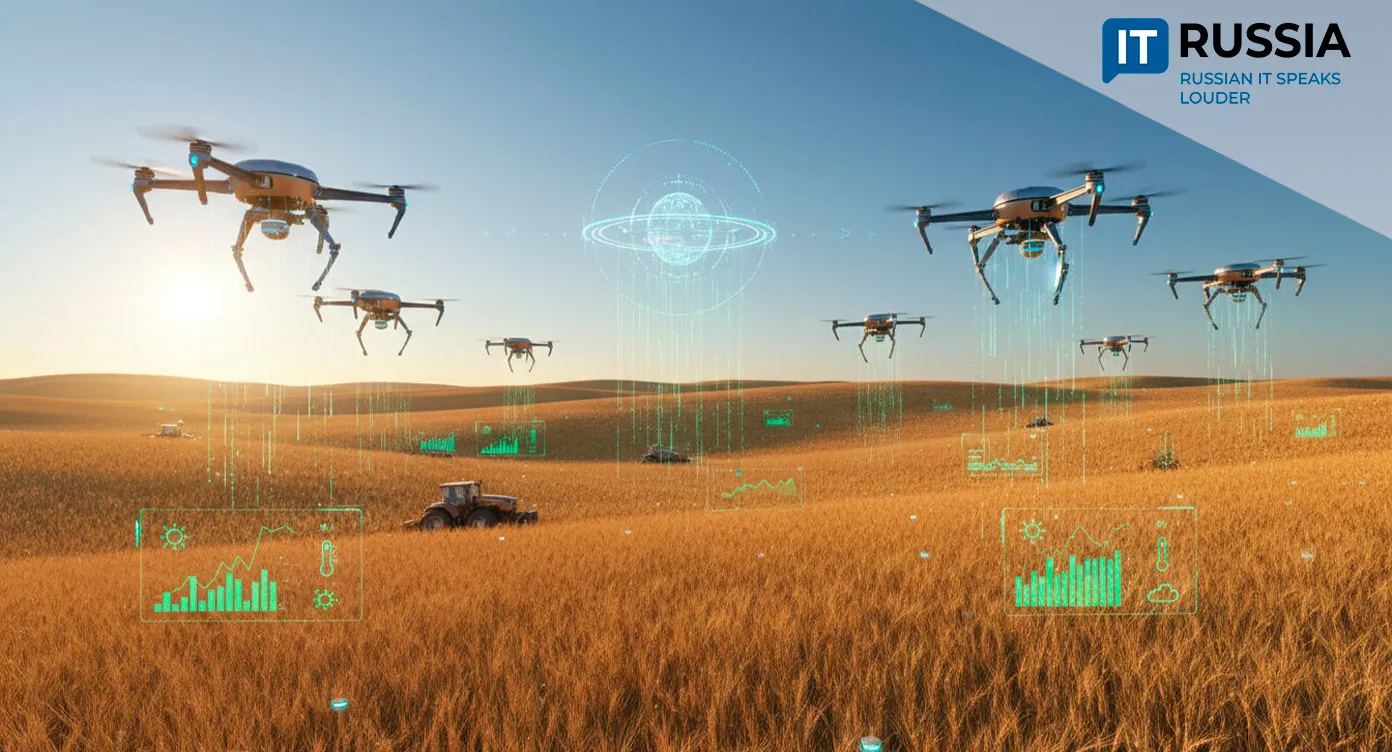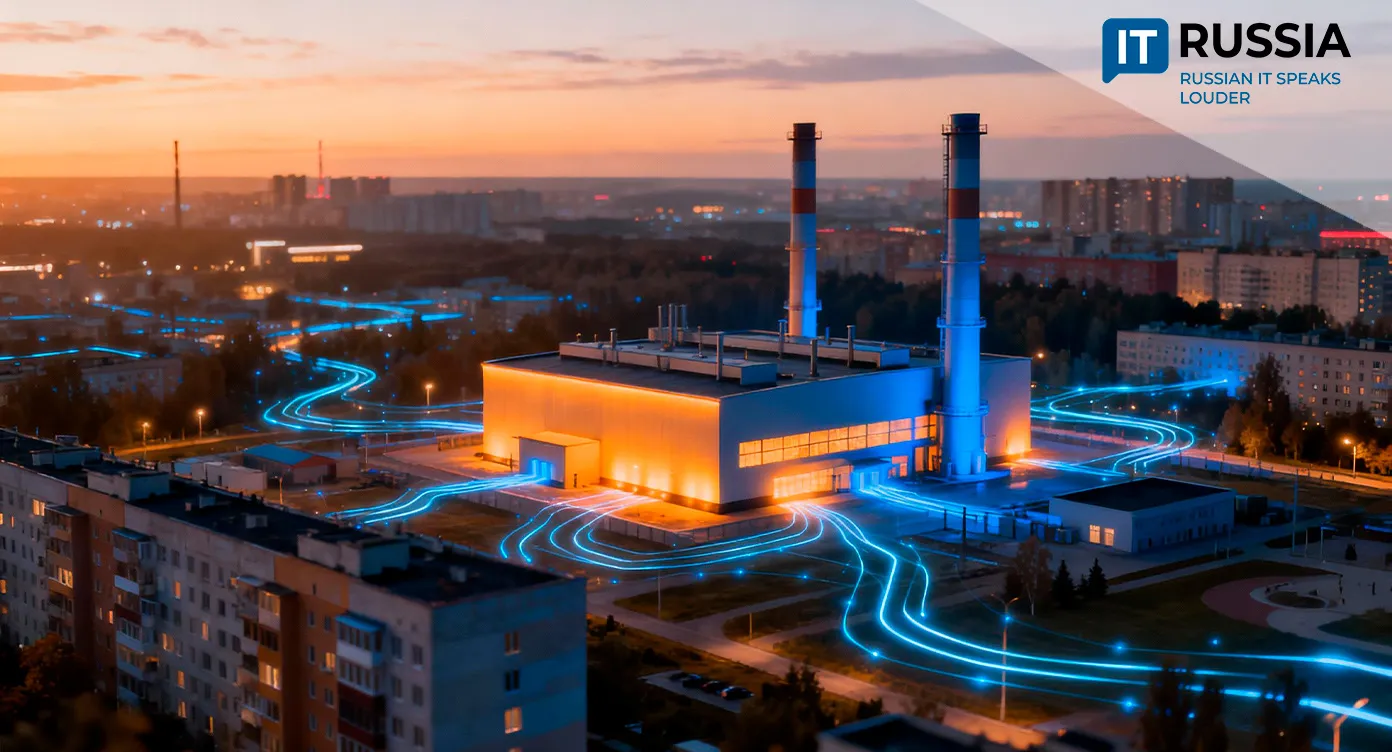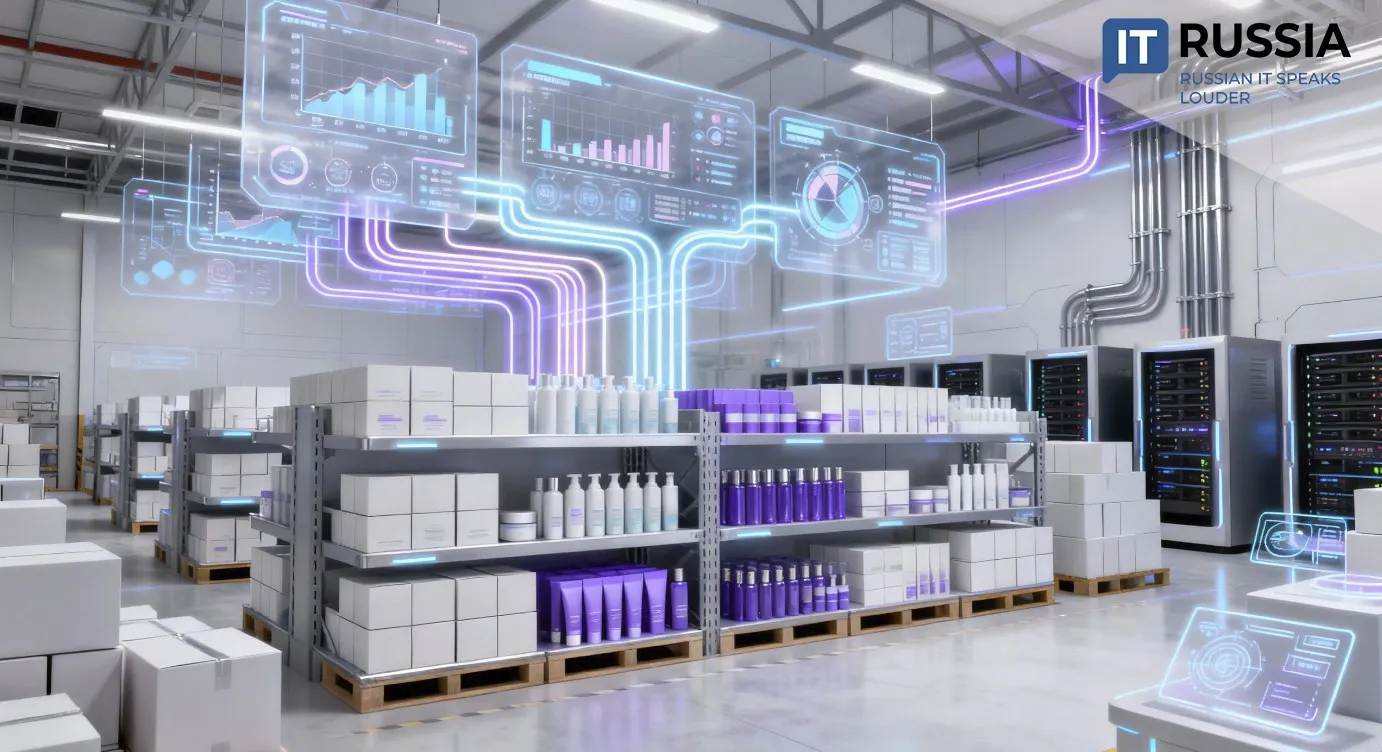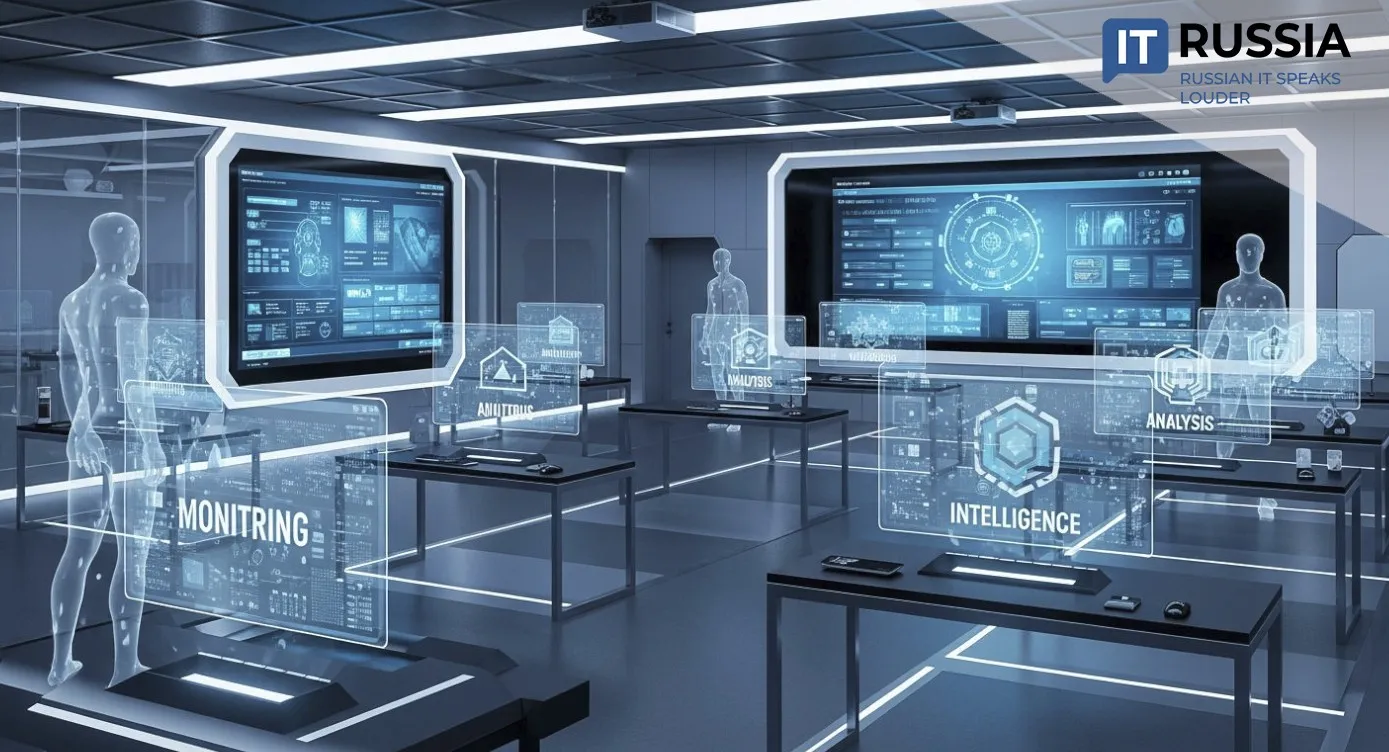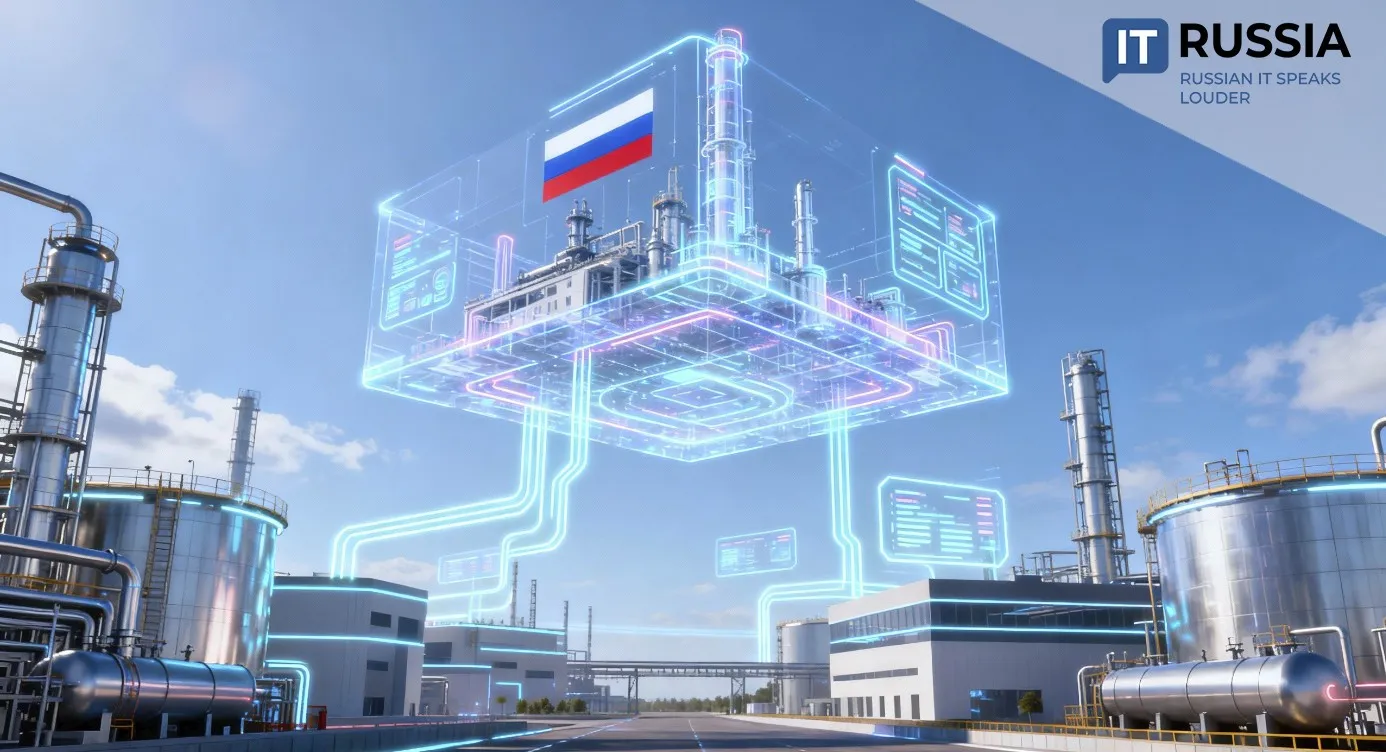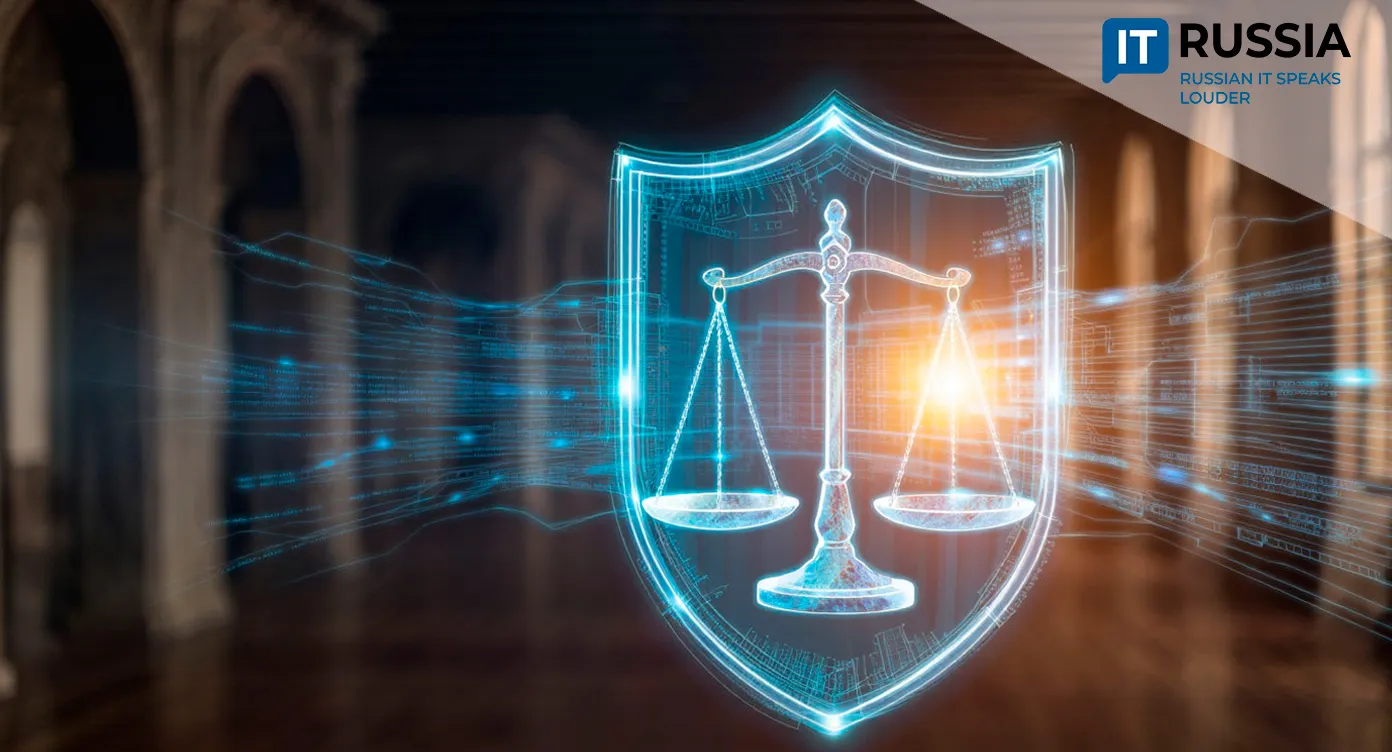Smart Oversight: AI to Prevent Unnecessary Inspections
Russia’s Federal Service for Veterinary and Phytosanitary Surveillance (Rosselkhoznadzor) is proposing digital risk indicators that could ease oversight burdens on law-abiding agribusinesses while boosting food production nationwide.
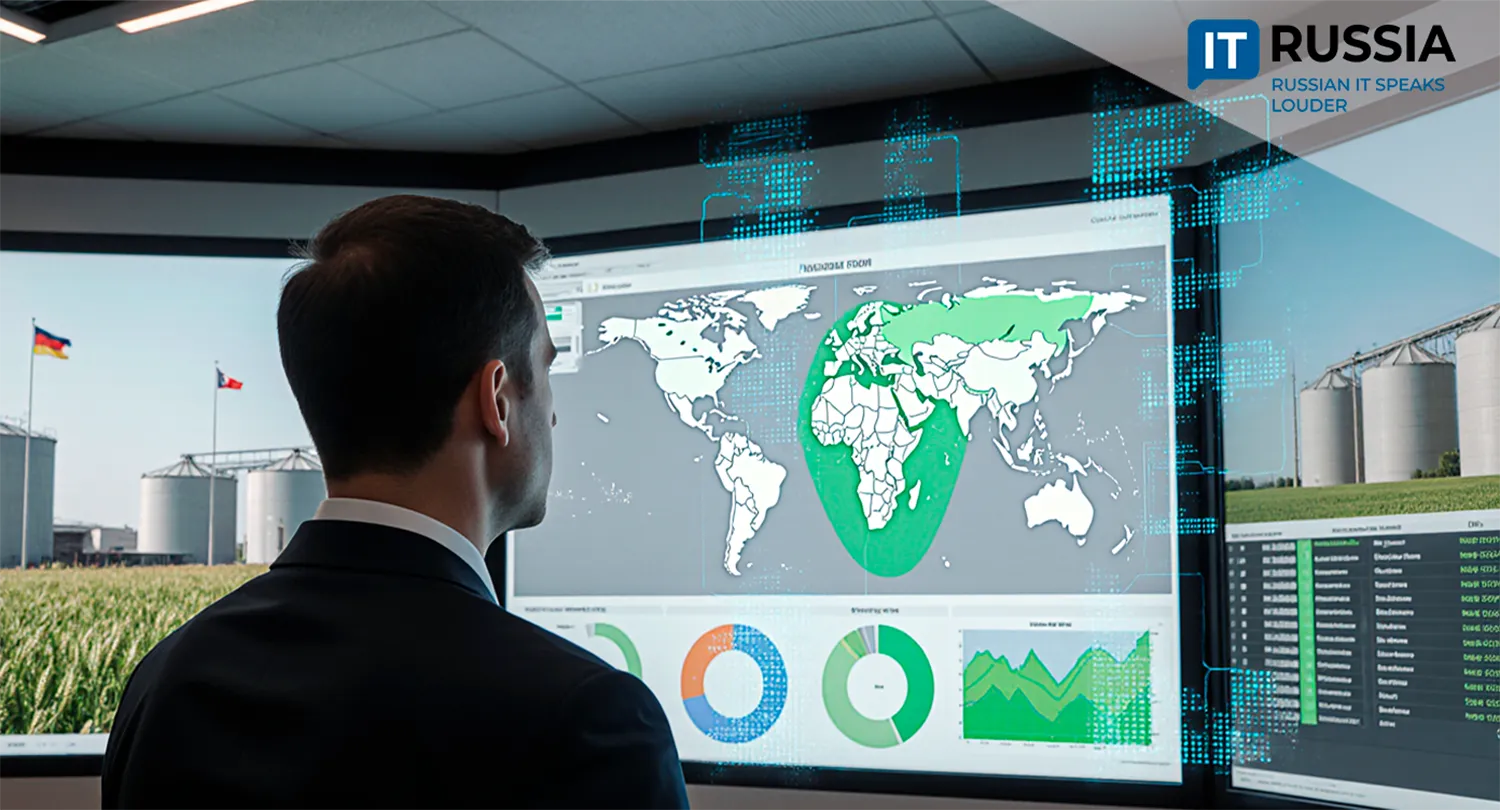
Digitalization and Client-Centered Governance
Rosselkhoznadzor’s responsibilities are vast: state veterinary control; oversight of pesticide and agrochemical safety; supervision of seed production; monitoring the quality and safety of grain and processed grain products; land use regulation; animal welfare oversight; and control over the circulation of veterinary medicines.
Given the scale of its mandate, accurately identifying potential violations is critical. The goal is to effectively penalize offenders without disrupting the work of compliant enterprises with unnecessary inspections.
Maintaining a strong client-centered approach—putting the needs of market participants first—is essential. For this reason, Rosselkhoznadzor’s Public Declaration for 2025 highlights the improvement of public service quality and the adoption of client-centric standards as top priorities. Digitalization of the agency’s activities is one of the key tools for achieving these goals.

Automated Decision-Making for Inspections
To improve efficiency—both within Rosselkhoznadzor and in other oversight agencies—the service is proposing the adoption of digital risk indicators. These tools aim to minimize pressure on compliant enterprises while enabling swift detection and response to legal violations.
Deputy Head of the agency Svetlana Alekseeva emphasized that the digital indicators are based on existing, proven regulatory risk indicators. What changes is automation: neural networks will trigger responses automatically. This approach will accelerate decision-making while shielding compliant businesses from unnecessary inspections.
Currently, Russia already uses 542 regulatory indicators to assess potential risks and determine whether unplanned inspections are needed. This method enables remote identification of possible violations, assessment of their probability, and informed decisions on initiating inspections.
Maximizing Efficiency
The method has already been tested and proven to make enforcement much more effective. In 2024, Rosselkhoznadzor ranked first among federal agencies in risk indicator effectiveness, scoring 93.6%.

According to Alekseeva, the transition to digital oversight and active use of AI in supervisory activities has sharply increased the agency’s efficiency. Before AI was introduced, the number of monthly administrative and preventive measures was 2,020. After AI adoption, that number surged to 334,400—an increase of 165 times.
Rosselkhoznadzor is also advocating for the development of a unified interagency digital risk indicator, which would maximize the efficiency of information-sharing among government bodies and eliminate bottlenecks hampering oversight.
“We identify violations using digital systems, and we send the information in letters to Rospotrebnadzor,” Alekseeva explained.
The agency is also proposing unified standards for AI technologies and algorithms, as well as clear rules for data exchange with neural networks.
Andrey Spiridonov, Director of the Regulatory Policy Department of the Russian Government, noted that the gradual integration of AI into public oversight will take risk-based approaches to the next level and enhance the quality of state control.
Encouraging Healthy Competition
By reducing oversight pressure on legitimate businesses and curbing corruption risks through objective digital triggers—while simultaneously tightening enforcement against violators—Rosselkhoznadzor expects to foster law-abiding enterprise. The agency projects annual food production growth of 28 billion rubles (about 300 million USD), contributing roughly 9.2 billion rubles (about 98 million USD) to GDP.
At the same time, lowering the volume of counterfeit and falsified goods will clean up the market and encourage fair competition. Improved product quality and regulatory transparency will give Russian producers a competitive advantage in global markets and strengthen the country’s export potential.

The introduction of an interagency risk indicator and the creation of a unified digital control platform will significantly improve the efficiency of all state services.
Looking ahead, similar export-ready solutions and services may be developed as part of digital regulation. Such tools would be in demand in countries aiming to strengthen production oversight, especially among SCO and BRICS members.














